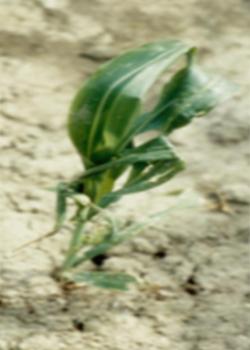Corn
Corn, or maize (Zea mays), belongs to the grass family (Poaceae) and is cultivated globally as one of the most important cereal crops
Maize serves as a vital source of nutrition for humans and is also a key component in animal feed. Additionally, it is used as a raw material for various industrial products, including corn starch, maltodextrins, corn oil,
Corn syrup, and products from the fermentation and distillation industries. More recently, maize has been utilized as biofuel. It is a versatile crop, grown across a wide range of agro-climatic zones.


The Role of Elements
Potassium (K)
- Plays a crucial role in the photosynthesis process and enhances vegetative growth.
- Improves the efficiency of plant absorption of water and nutrients.
- Increases resistance of corn plants to insect and fungal diseases.
- Boosts the weight, size, and number of grains per cob, while improving its quality.
- Enhances plant resistance to environmental stress factors, including high temperatures, frost, drought, and salinity.
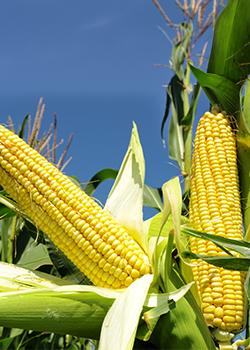
Phosphorus (P)
- Enhances plant growth and development.
- Improves seed germination and accelerates seedling development.
- Promotes root development and growth.
- Increases the efficiency of flowering and seed formation.
- Boosts protein content in grains.
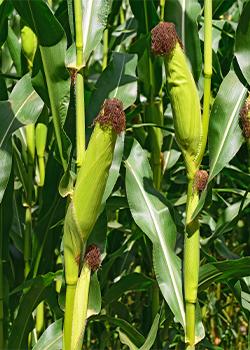
Calcium (Ca)
- Increases growth, yield, and productivity.
- Promotes good root distribution.
- Improves the properties of the cob.
- Strengthens the stem.
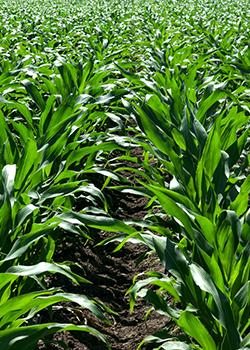
Deficiency Symptoms
Potassium (K)
- Weak stem with short internodes.
- Small cobs with no grain filling and grains-free tops are also available.
- Plants become less resistant to unfavorable environmental conditions.
- Plants become more susceptible to fungal and insect diseases.
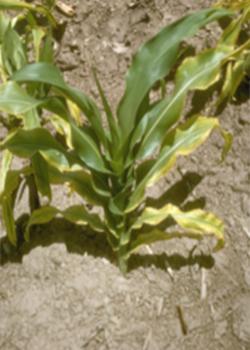
Phosphorus (P)
- General weakness in plant growth.
- Inability of plants to tolerate environmental stress.
- Low yield and seed ratio in cobs.
- Increased susceptibility to fungal diseases.
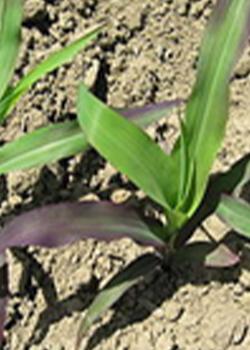
Calcium (Ca)
- Weakening of the stem.
- Twisting of young leaves downward.
- Death of shoot tips.
- Shortage of meristem cell growth.
- Appearance of brown spots on leaf edges.
